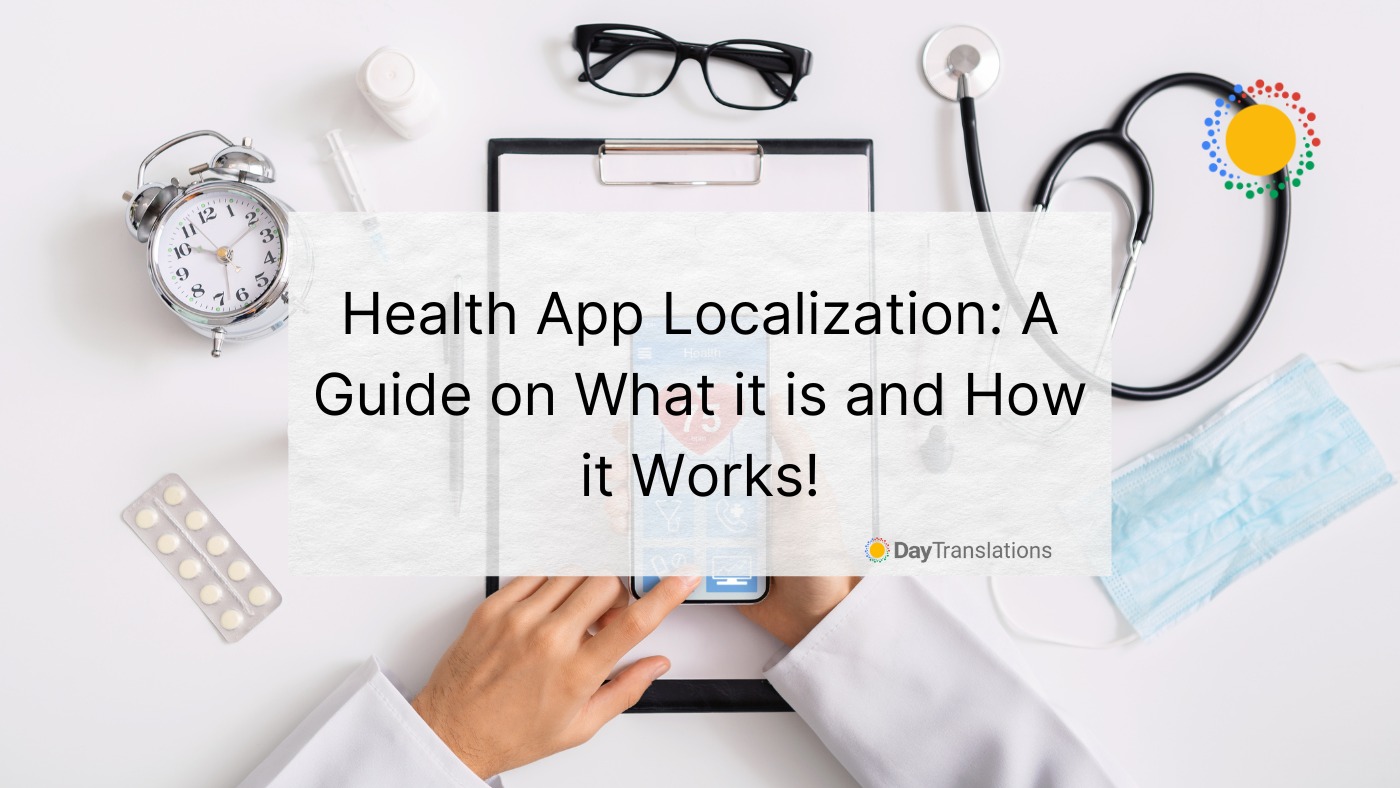Let’s talk about the love language theory!
Earlier last year our founder and CEO Sean Patrick Hopwood shared with us about the 5 love languages of leadership. His perspective on “The 5 love languages of Business Leadership” takes a footing from the love languages we express from our personal relationships and how we apply it to the workplace and our working environments, whether you are a regular employee or are part of a management team.
Today, we’ll explore love languages on a personal level. Keep reading to discover whether or not there really is such a thing as a love language. You may even discover what yours is along this journey.
Let’s dive in!
Is Love Language a Real Language?
The short answer to the question of whether or not love languages really do exist is yes. There really is such a thing as a love language. In fact, there is lots of literature surrounding this theory to help prove that love languages are in fact real.
So what’s your love language? We’re sure you’ve heard the term and probably even Googled it at some point. There’s a bestselling book out there written by Gary Chapman titled ‘The 5 Love Languages’ and in this book, we see that there are actually 5 love languages categorized as follows:
- Words of Affirmation
- Quality Time
- Acts of Service
- Physical Touch
- Receiving Gifts
A Note on Primary Love Language
It’s said that as humans we have a primary love language and a secondary love language. You can find out what yours are by simply taking an online quiz to find out where you stand. Of course, by looking through these five love languages just listed, you can probably tell what your primary and secondary love language is.
In the meantime, let’s define love languages.
What is a Love Language?
We can define the love languages concept as the ways in which people both express love and receive love. Naturally when we speak about love languages, automatically it is assumed that we’re speaking about a romantic relationship. But love languages can extend to other types of relationships such as work relationships and friendships.
There’s no doubt that when it comes to love and expressing it in a relationship, everyone gives and receives it in different ways. That is why it’s important to at least have an idea of what your love language or languages are along with that of your partner or significant other. This way you’ll be able to have a more fulfilling relationship, understand how your partner receives love and be able to feel appreciated for their actions as well.
The Five Love Languages
Words of Affirmation
This love language, according to experts, stands firm as the number one love language for many people in a romantic relationship. When someone speaks words of affirmation to someone they love, they feel supported and uplifted. It is also important that when expressing words of affirmation to some who has it as their primary language that you make the effort to communicate these words from a place of authenticity and genuine love.
Quality Time
Showing love and affection through quality time is how some people speak the language of love. Spending uninterrupted quality time with your partner or giving them your undivided attention helps them to feel loved in a relationship. If you both happen to have the same love language of quality time then intimacy won’t be hard to come by.
Acts of Service
Doing kind deeds, running errands, and being helpful overall is what the acts of service language entail. Doing things for your partner that you know they’ll like makes them feel loved more than if you were to do anything else that falls within the five love languages. This is why it’s so important to understand and pay attention to each other’s language!
Physical Touch
Physical touch helps most people feel connected. Holding hands for example is a form of physical touch and is also known as physical affection. it’s a way to show affection to your partner and it’s also a great way to receive affection as well. Out of the five love languages, physical touch is easy to express and is usually the easiest to understand.
Receiving Gifts
Receiving gifts is a physical act of affection that those who speak this kind of language greatly appreciate. As a love language, receiving gifts regularly is an expectation for those who have this as one of their primary languages. If this is your partner’s language, gift giving is a big deal. And if you’re not into gift giving, remember that actions speak louder than words!
What’s Your Personal (or Your Partner’s) Love Language?
So now that we know these type of languages are real, what’s yours? You may have more than one of them being your primary language while others are your secondary languages. Your partner’s language is just as important as your own language. Understanding exactly what it or they are helping with relationship satisfaction and long term happiness.
At Day Translations we love languages. Our team of experts are always ready to help with all your translation and interpretation needs.












Sorry, the comment form is closed at this time.